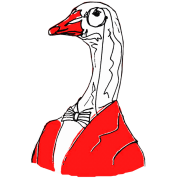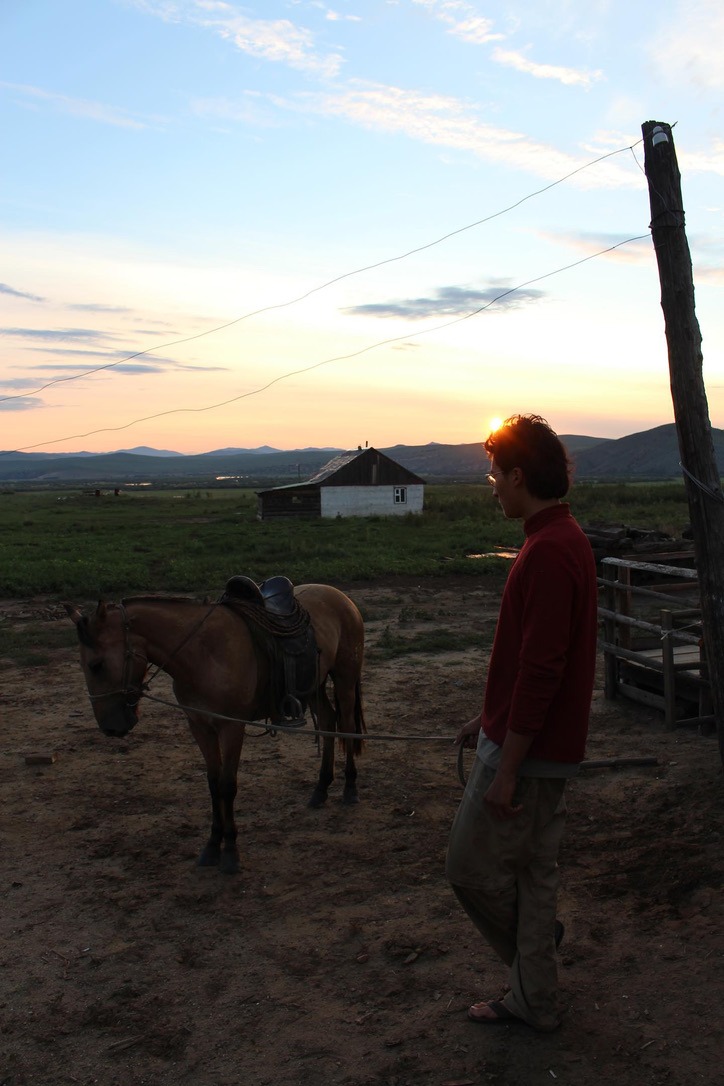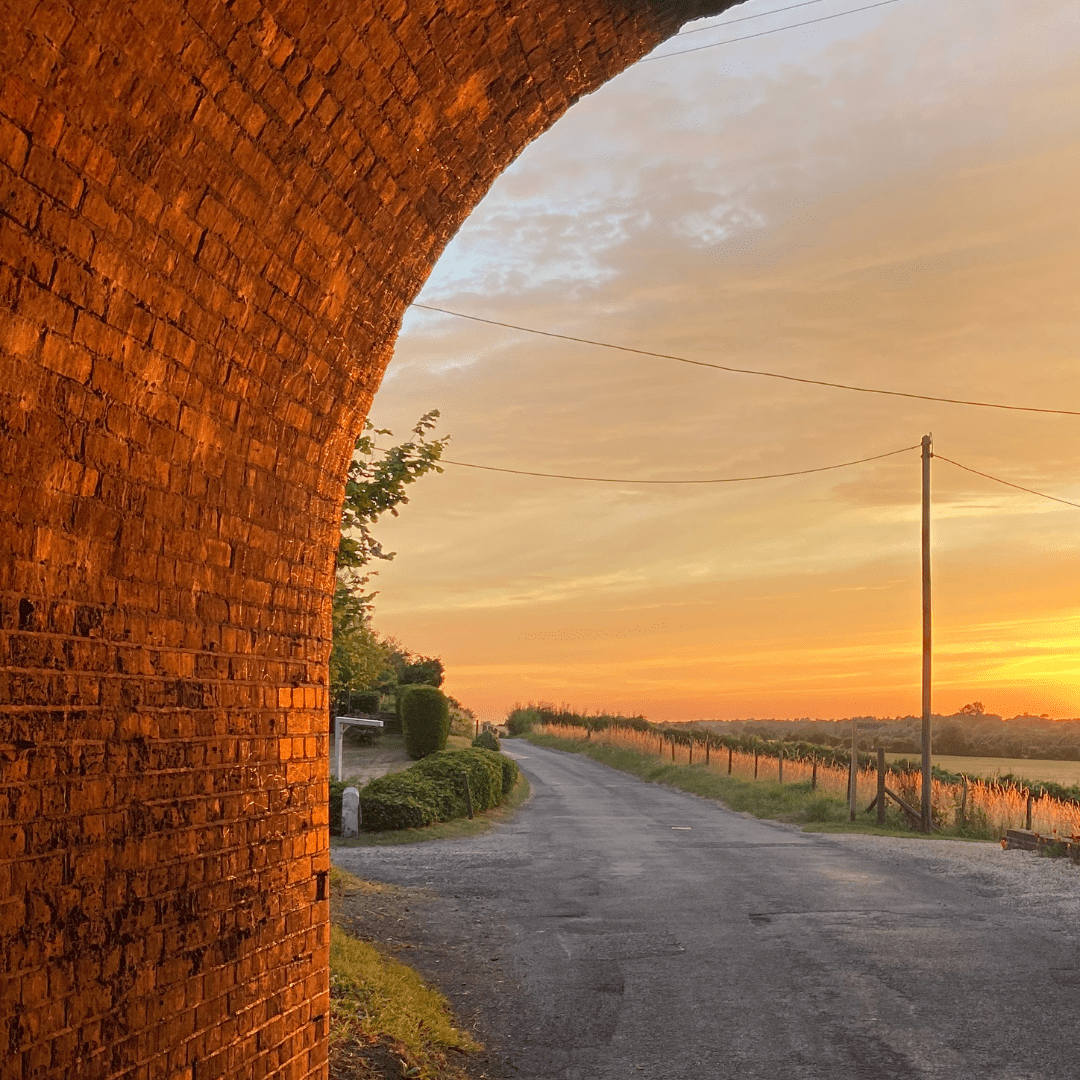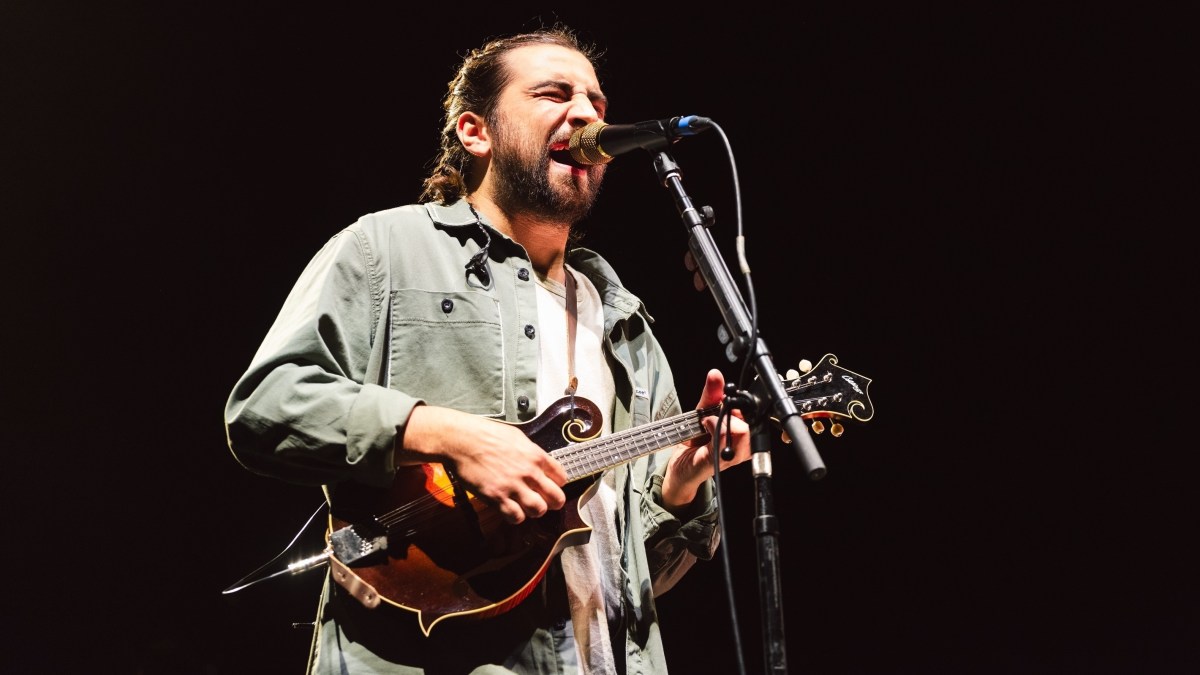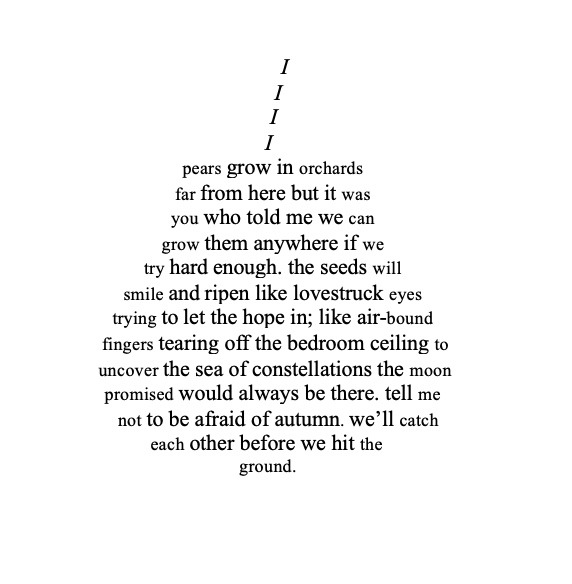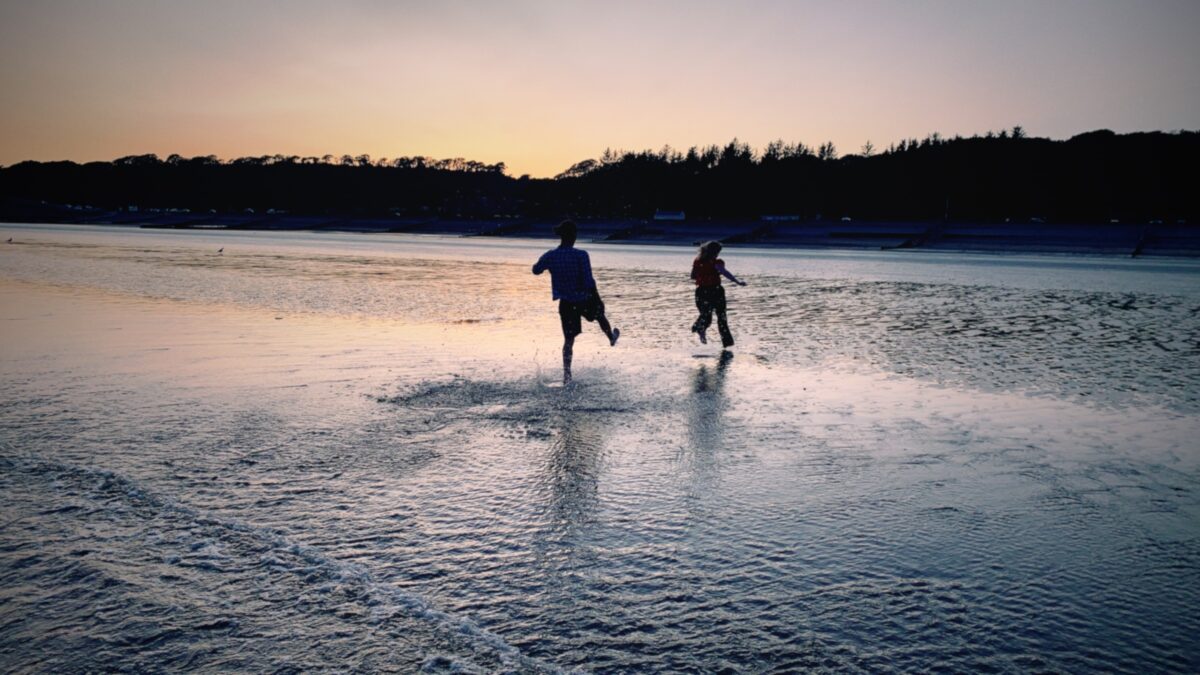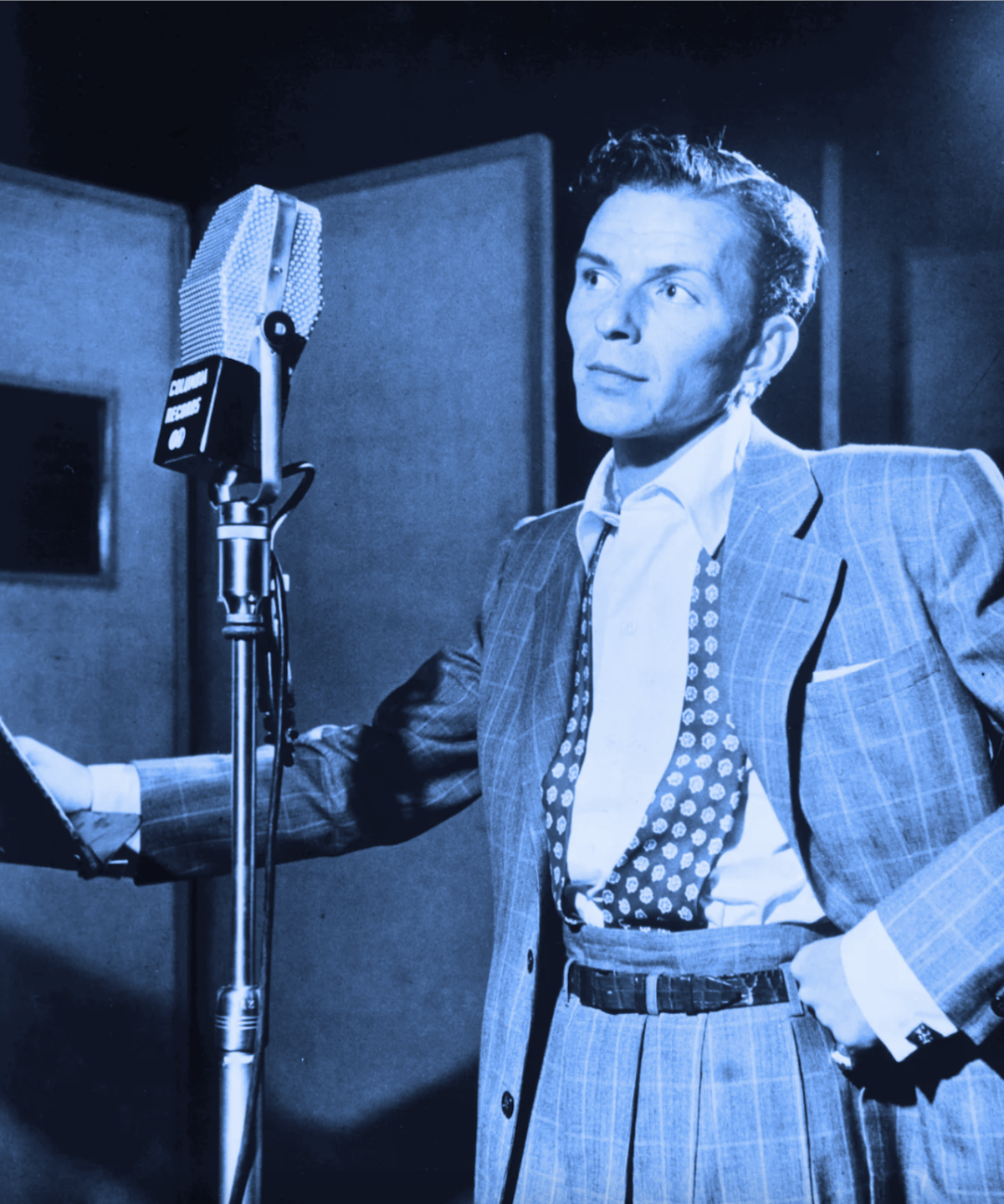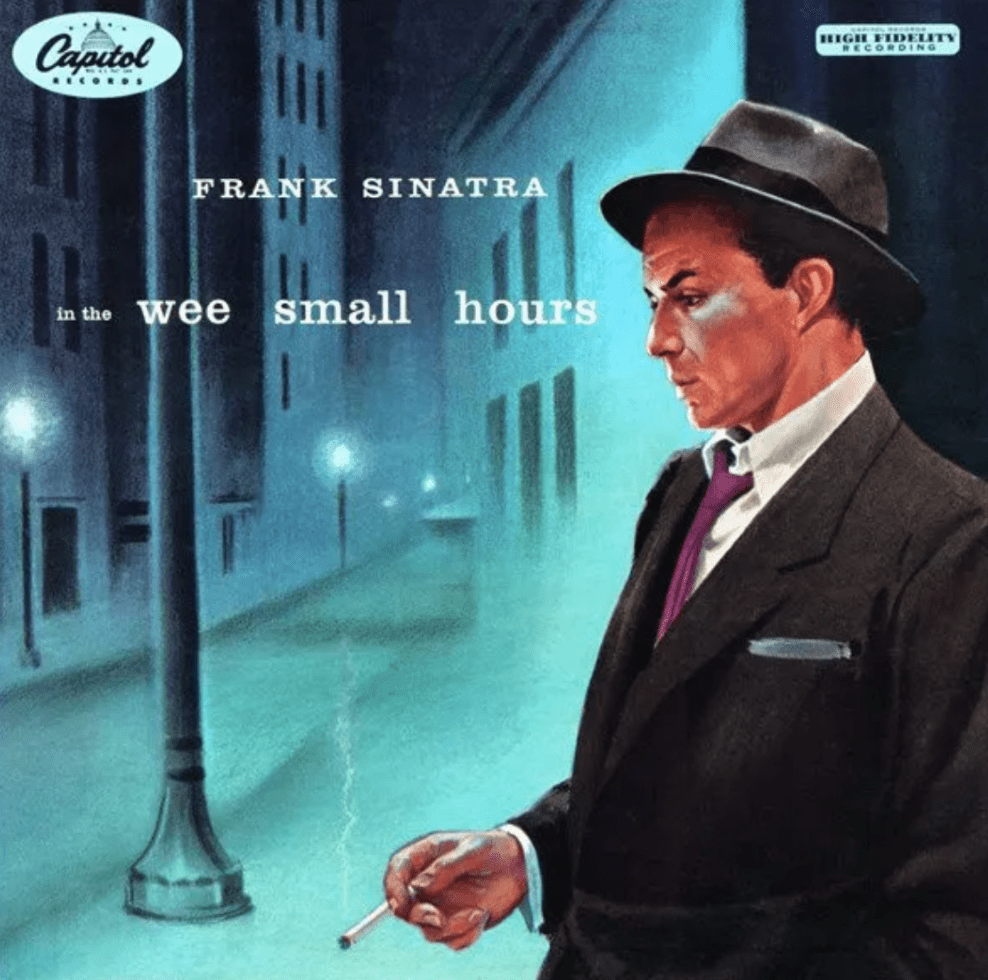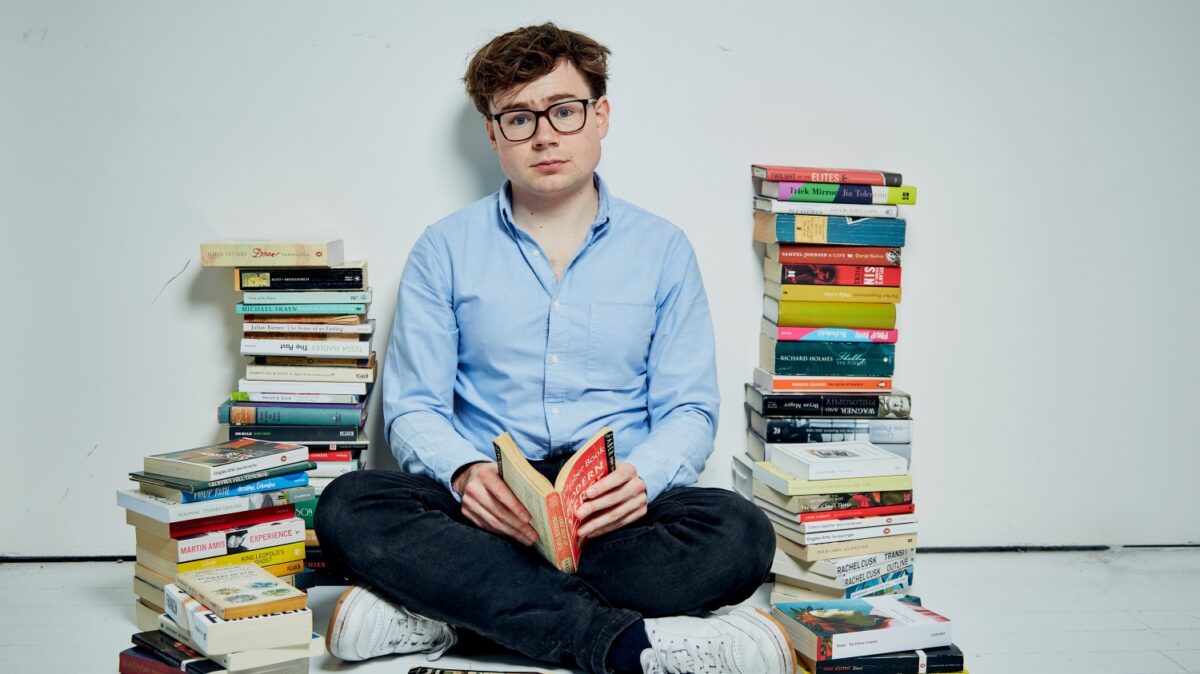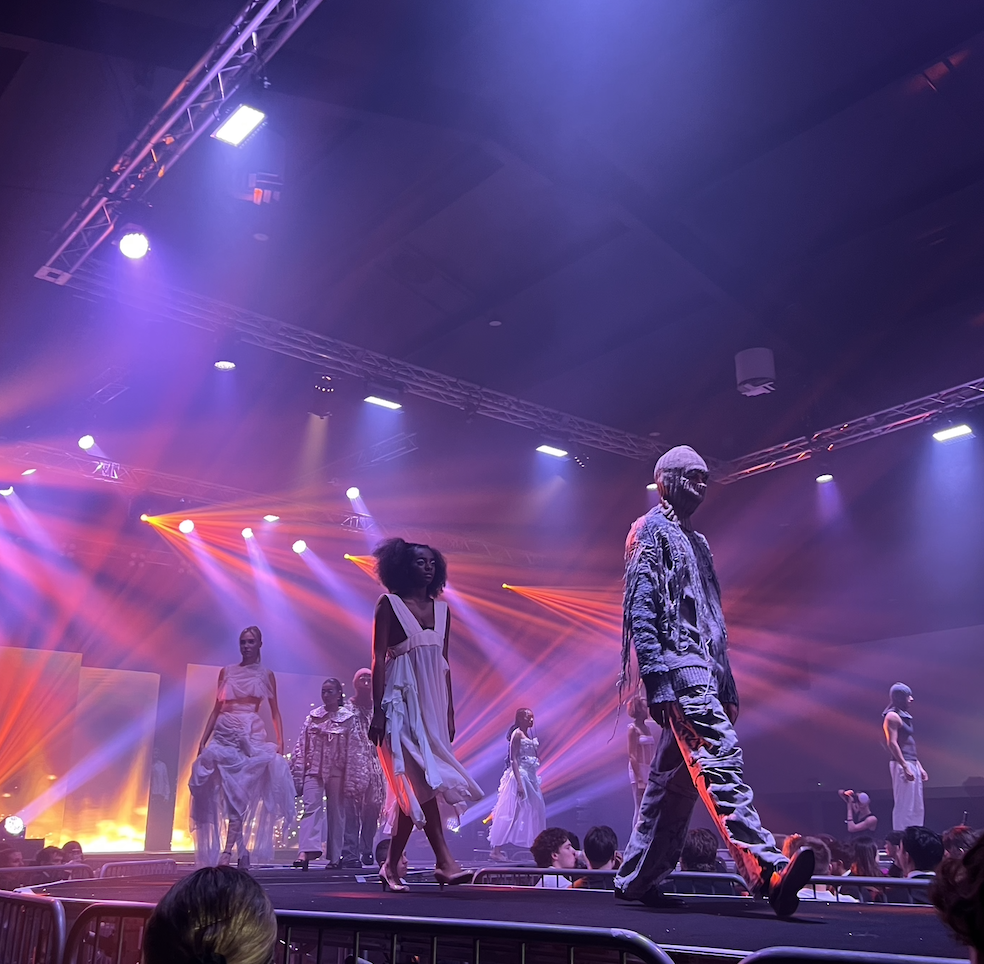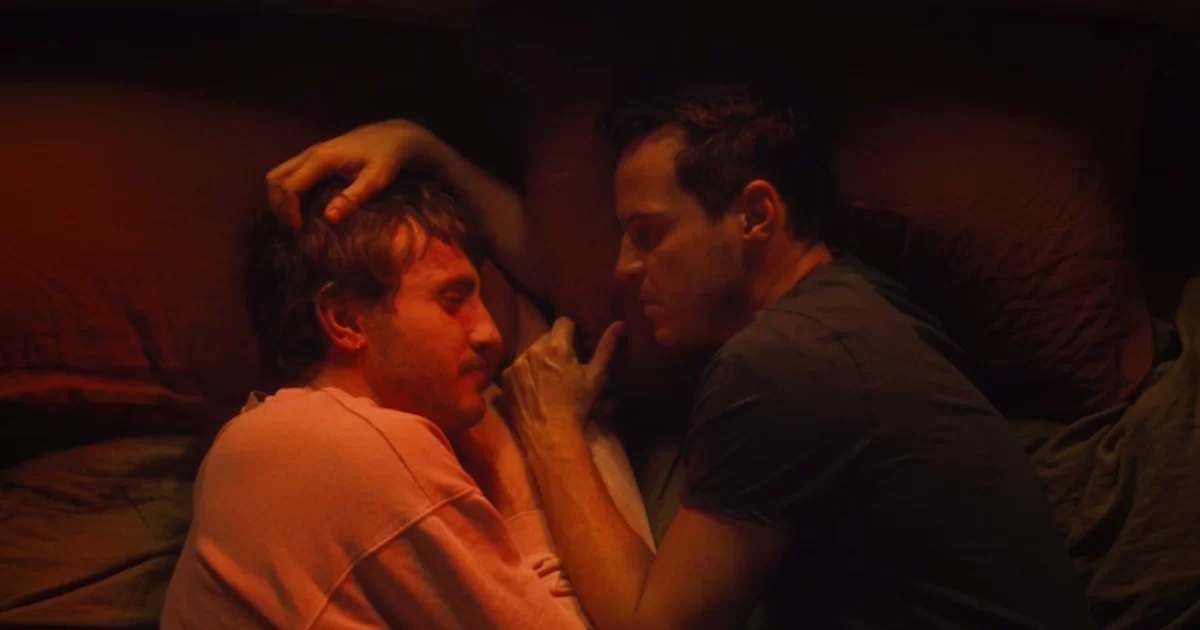By Tom Russell
Mongolia. This was a place like no other. A land of extremes where normality does not exist. Being here was like time travelling to the wild west. Travelling to a different universe where life is completely alien.
Hal and I had been here now a month. On a farm near Orkhon, up north. We hopped on a train from Ulaanbaatar, sharing our carriage with two grannies. We waited at the station for Mingee. A few hours of waiting and we still hadn’t heard from her. We slept on the benches as people eyed us. This woman after looking at us for a while said ‘Mingee?’. ‘Yes Mingee, Mingee”. She started to move about drawing out an imaginary map on the ground. All we understood was that we had to cross a river and then the railroad and that was our destination. Safe to say we stayed put.
A woman came up to us. She wasn’t Mingee but she was going to bring us to her. She pointed to a truck. We jumped into the back of the truck, lying amidst chopped lumber. We drove through the town. People riding around on horseback, cows milling about. A little boy hopped in the back with us and later jumped back out when he was clearly home. We came to a stop.
We stayed a few days at Mingee’s parents’ place in the village. A small, fenced area with the grandparent’s ger and their garden, a cooking area and then another ger and some small barns and paddocks. Here we met Schmetterling and Galeile. They were working for Mingee as well. A couple hitchhiking across the world. Schmetterling was from Germany. A dreaded, psychedelic-taking voyager. Galeile was a doctor from Belgium. A great duo.
We slept in our tent on the concrete floor in the kitchen. A room with a wood burning stove and cheese hanging up to dry. We spent our days building fences and getting our stomachs used to the Mongolian diet, which consisted of this fatty meat cooked in more fat. We had a horse, called Chaton. Hal would train him and later would teach me how to ride.
After a few days we moved to Mingee’s farm. Further out from the village. She had her house, which she shared with her daughter, and a building where us workers stayed. We cooked on the wood stove outside and ate our meals on the porch. An American named Fynn was with us now. He played the tin whistle and only spoke in jokes.
This was it, truly in the middle of nowhere. The horizon was only limited by my eyesight. Never ending expanses of plains. The Orkhon river passed through below in the valley. This was it; we were out there. Pure life, without superficialities. This was life to the bone, living in Mongolia and shitting in a hole.
Mingee was this Mongolian woman who lived here and ran the farm by herself. She had forty or so cows and a few hundred horses. An unbelievably strong woman. You needed to be to survive out here and to last winter.
We would wake and herd the cows. Riding around on horses screaming ‘Chandar’ with our sticks. Chasing the calves into this little pen and then Mingee would milk them while we tied them up. Mingee and her daughter savagely beat any cow who wasn’t behaving. Boots slammed into their side. Amidst the violence Hal and I began naming the calves. Double Decker, Milky Way, Oreo. This emotional attachment to animals is something that Mingee and Mongolians don’t feel. There’s no space for sentimentality here. To Mongolians, animals are simply resources. Resources to aid in their mission to survive. As such they get treated accordingly. I’ve watched as a cowboy named Marlboro cracked a plank of wood in half over his horse’s head, while others punched their horses in the face. Mingee even asked the local policeman to shoot her dog after it killed someone’s goat.
During the day Hal and I would do construction, building the shed. We built it out of scrap wood and rusty nails. Hal was the brains of the operation, coming up with the plan and then ordering me about to carry the logs of wood. It worked well that way and by the end we had ourselves a shed which we reckoned would make it through winter without collapsing.
After a day’s work, if we had the energy, we would take some horses and go for a ride. Riding around the mountain as the sky turned purple with every sunset. After dinner we would sit on the porch, playing games and chatting. Schmetterling in the first few days had discovered a plantation of wild weed, which he started harvesting and drying out, so he would enjoy his homemade joint at the end of the day.
And that was about it. That was our daily schedule and yet no day would ever be the same. Everyday all these simple tasks turned into a nutty adventure. But overall, life here was barebones. It was simple and beautiful. The simplicity gave you the space to bathe in the beauty.
Everything was about survival. About preparing for winter. Food you didn’t get at your local supermarket. If you ran out of food, you killed for your food. You had a slaughtering day. Cows during the harsh winter lose their fat while horses don’t so it makes more sense to eat the cows in the summer and horses in the winter. We were there in summer. We had run out of food to eat so today’s job was to solve that. Hal, myself, Mingee’s daughter’s boyfriend Tomo and Marlboro went out to find the cow Mingee wanted to kill. Marlboro chased the cow into the horses’ pen, where we shut the gates blocking him in. There were four of us in there with this one cow. Marlboro and Tomo throwing lassos, trying to hook his horns. The cow charging about. Eventually the lasso landed around its horns, but the rope was ripped out of Marlboro’s hands. Tomo dashed to grab it with the cow running, he grabbed it and quickly spun around a pole. With the rope wrapped around the pole, the cow buckled in his stride and fell to the ground.
Hal and I timidly helped drag the cow to the killing site. Marlboro and Tomo whacking him with their sticks. With ropes now around his legs we pulled him to the ground, pinning him down. My hands pressing his forelegs onto the ground. Marlboro pulled out a penknife and thrust it in between his eyes. I struggled to hold his legs down which struck out in spasm. My eyes didn’t leave his eyes. large. Terrified. The spasms slowed and his eyes stopped moving.
Marlboro started gutting the cow and butchering the meat. An entire cow killed and butchered with a penknife. He grunted directions to us now and then in Mongolian, we tried to work out what he wanted us to do. Squeeze the feces out of its intestines, hold back this leg, grab that lung, carry the head over there. Not a single bit of that cow was wasted. Everything was a resource that was too valuable to waste. The only thing left behind was its skin, left out for the birds. The meat lasts the longest while the organs are the first to go off. We placed the meat in a freezer box, while all the organs were all put in one pot and boiled in water. That was dinner for the near future.
The organs teamed with cucumbers bought from the local policeman was an interesting combination. A combination that didn’t do many favors for my digestion. It was a relief to the group when Schmetterling decided enough was enough and set out to build a toilet. It ended up being more of a throne. A nice wooden throne with a view. I’d sit there and take in the view. Nothing but the steppe with horses grazing in the distance
Mongolian horses are famous around the world. In Mongolia people’s horses roam free until they were needed and then are captured. We had three horses at the farm for daily life while the rest of Mingee’s horses roamed free. The horses are branded for identification but often some run away and never return. They either stay lost, or cross paths with the wolves. Mongolian horses are small in stature but incredibly resilient and strong.
One day we spent branding some of the younger horses. I think it may have been one of the craziest days of my life. We went back down to the farm in the village. Nasa, a cowboy, and a few teenagers from the town had led a herd of thirty or so horses into the farm, and we shut the gates. You could see the stallion straight away. The stallions always had a longer mane and possessed more muscle. We started by trying to separate one from the herd. We would push the herd into a corner and the cowboys would try lasso the horse. The horses obviously didn’t take too kindly to this so they would try bolt out of there, crashing through whatever fences were blocking them in. Once a lasso stuck, we would tackle it to the ground and then tie his front legs together. No horse likes to be pinned to the ground and so we would have to wrestle with it. Usually there would be two of us wrestling it while someone else shaved its hind leg to prepare the skin for the brand. And then the brand would be placed on. This process of wrestling was hard enough without the commotion going around you. All the other horses galloping around you. I was even wrestling one horse on the ground when I heard a crash behind me of a horse breaking through a fence and then jumps over the top of me. Absolute madness. All the Mongolians were drinking vodka, pouring it down your throat while you’re on top of a horse. At one-point Fynn and Nasa started wrestling each other. Having some sort of competition amidst this chaos.
That night we threw a party for the local village. A night spent necking vodka while chanting and dancing around a fire. There was this beautiful girl there but safe to say it didn’t go too well considering I only spoke English and I asked her if she was from Orkhon, which was the only village for a few hundred miles. Mongolians love their vodka to the point they could hardly walk, and yet would collapse on top of their horses and gallop home. I lay by the fire, admiring the stars. After twenty years of living, I’ve somehow ended up here, lying on this patch of grass in Mongolia. Sometimes I think I know things, that I’ve learnt these profound lessons, but I think the only thing I know is that you have got to be open to it. Open to life and everything that entails. All the weirdness of it that makes it special.
This is just a brief description of what life was like in Mongolia. Every day was another adventure. I could never recount it all but from branding horses to castrating cows, we experienced a lot. But time on the farm was coming to an end. We were going to take some of the horses and go for a long old ride for a few days, before heading back to Ulaanbaatar.
